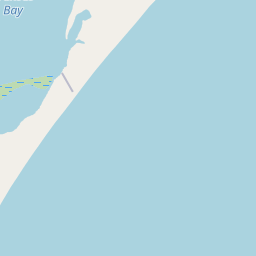Aransas Pass Light Station
Historical marker location:






Construction of 67-foot tower was started in 1855. The French lens was lighted in 1856, to mark natural Gulf pass to Aransas and Corpus Christi Bays by way of Lydia Ann Channel -- named for the daughter of the first keeper. During Civil War, Confederates (in 1863) buried lens for safety before damaging tower to avert use of light by Federal forces. The auxiliary structures were rebuilt after 1919 hurricane. One of original Texas stations of U.S. Lighthouse Service (merged into the Coast Guard in 1939), this light was decommissioned in 1952 after pass shifted southward. (1973)
INCISE ON BASE: Lighthouse not open to public.
INCISE ON BACK OF MARKER: Restored in 1972 by Charles C. Butt
As one of the most visible programs of the Texas Historical Commission (THC), historical markers commemorate diverse topics in Texas history, including: the history and architecture of houses, commercial and public buildings, religious congregations, and military sites; events that changed the course of local and state history; and individuals who have made lasting contributions to the state, community organizations, and businesses.
The world's first rodeo was held in Pecos, Texas in 1883. The event included bronco riding, calf roping, and bull riding.
In 1828, the Mexican government granted land to Colonel Henry Lawrence Kinney, an American entrepreneur, who founded the trading post of Kinney's Trading Post near the Nueces River. This marked the beginning of Anglo settlement in the area. Nueces County was officially established in 1846, following the Texas Revolution and subsequent annexation of Texas by the United States.
Throughout the 19th century, Nueces County played a significant role in Texas' development. The town of Corpus Christi, which served as the county seat, became an important regional trade center due to its proximity to the Gulf of Mexico. The county flourished as a shipping hub for livestock, cotton, and other agricultural goods.
The county's history was greatly influenced by its participation in several military conflicts. During the American Civil War, Corpus Christi served as a center for Confederate forces, and the county witnessed both Union and Confederate occupation. Additionally, the county played an important role during World War II, with Corpus Christi becoming a major training center for Navy pilots.
In recent times, Nueces County has continued to grow and evolve. The county's economy has diversified, with tourism, oil and gas, and the military being major contributors. The region boasts numerous attractions, including beautiful coastal beaches, cultural sites, and a vibrant culinary scene. Today, Nueces County remains an important and thriving part of Texas' history and economy.
Nueces County Timeline
This timeline provides a condensed summary of the historical journey of Nueces County, Texas.
- 1836 - Nueces County is established as one of the original counties in the Republic of Texas.
- 1845 - Texas becomes a state of the United States, and Nueces County remains part of the state.
- 1848 - The county seat is established in Corpus Christi.
- 1850 - The population of Nueces County reaches 756 residents.
- 1852 - The Corpus Christi Cathedral is constructed, becoming a significant landmark in the county.
- 1872 - The railroad reaches Nueces County, leading to increased economic development and population growth.
- 1875 - The Nueces County Courthouse, built in the Renaissance Revival style, is completed.
- 1900 - A devastating hurricane strikes the county, causing significant damage and loss of life.
- 1914 - The Port of Corpus Christi is established, becoming a major hub for trade and industry.
- 1931 - The Nueces County Courthouse is expanded and remodeled to its current appearance.
- 1940 - Nueces County experiences a population boom, with the county's residents totaling over 101,000.
- 1987 - Hurricane Gilbert causes widespread destruction in Nueces County and the surrounding areas.
- Present - Nueces County continues to be a thriving center for commerce, industry, and tourism.